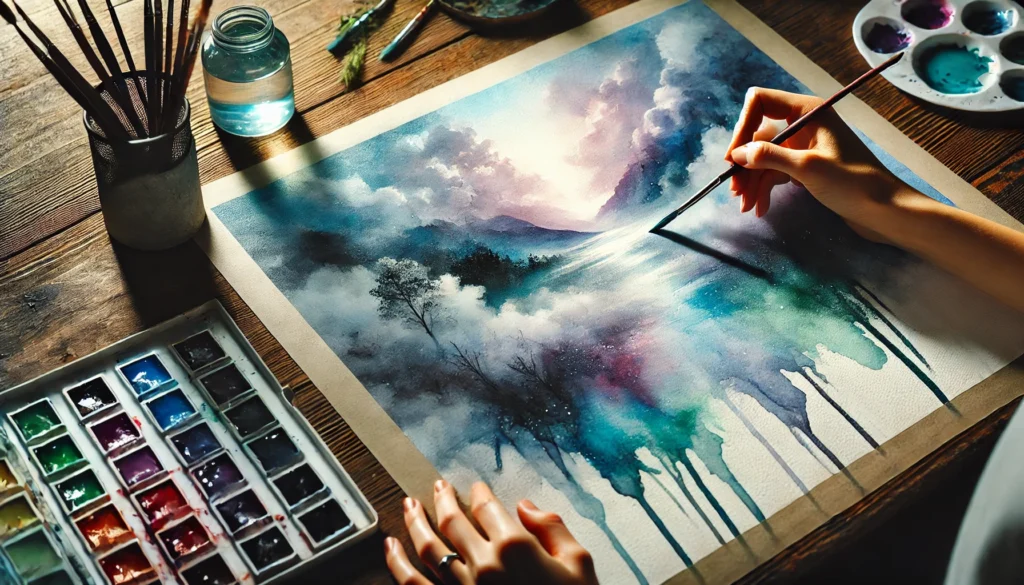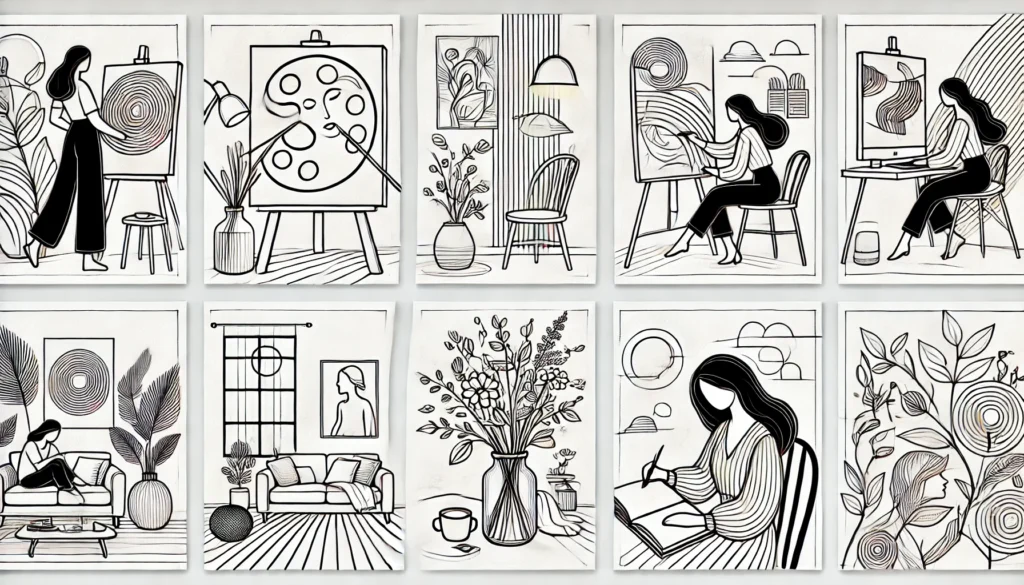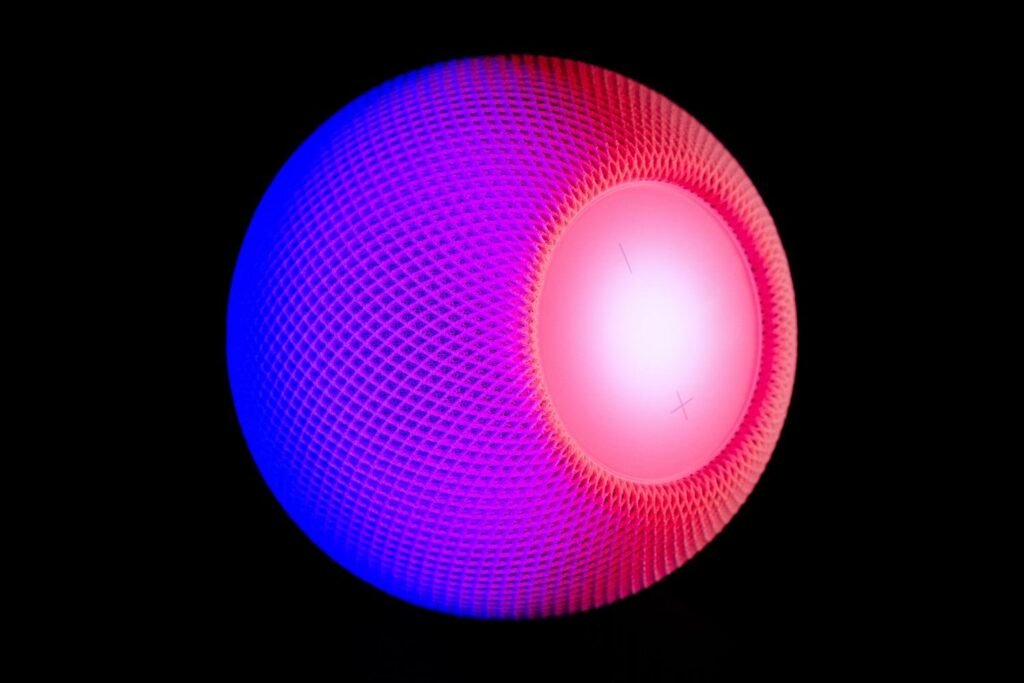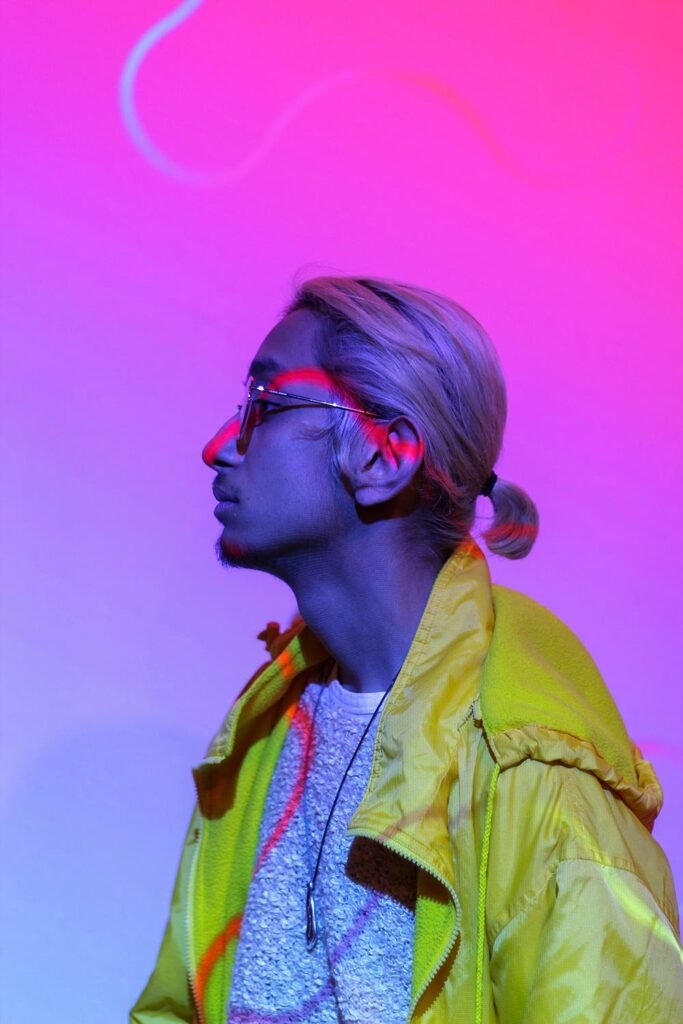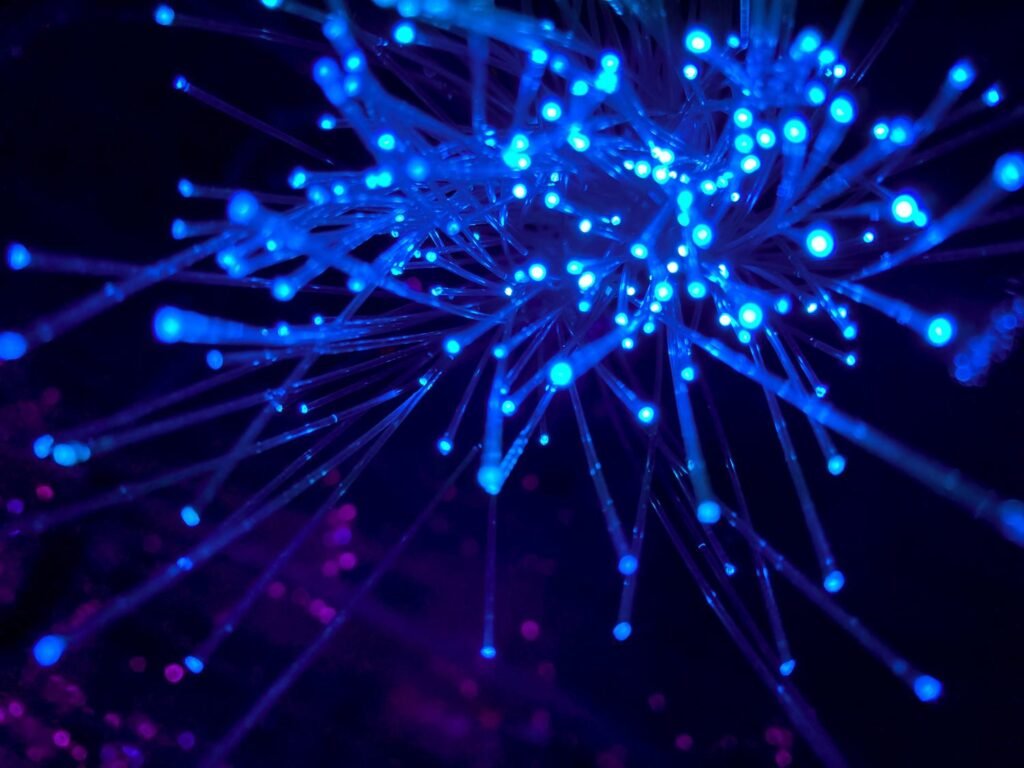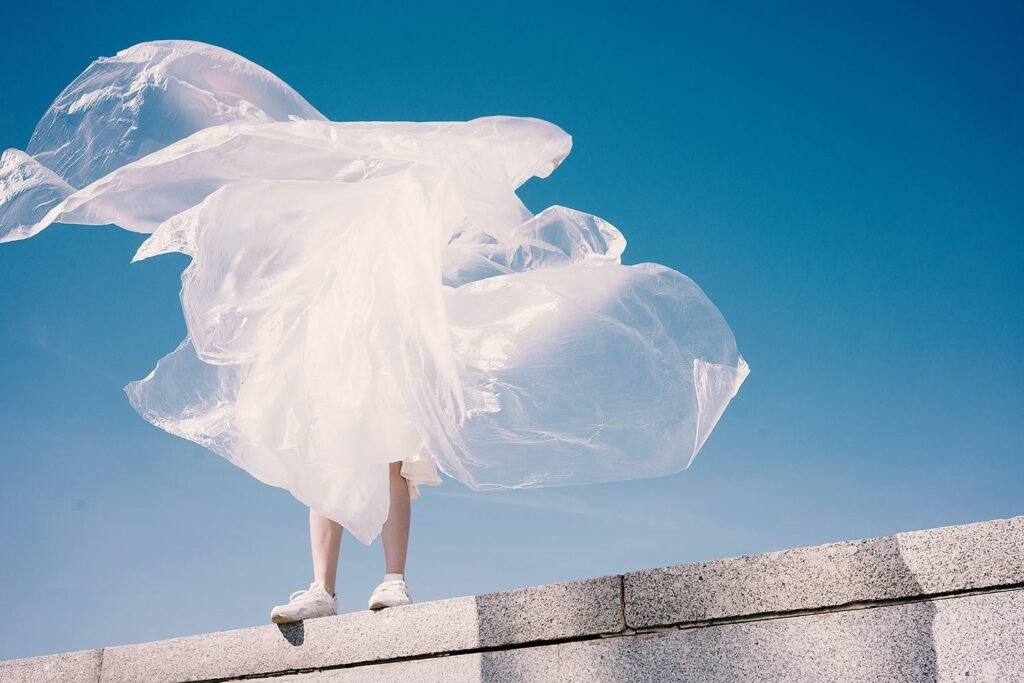Yayoi Kusama – The Queen of Polka Dots and Infinity
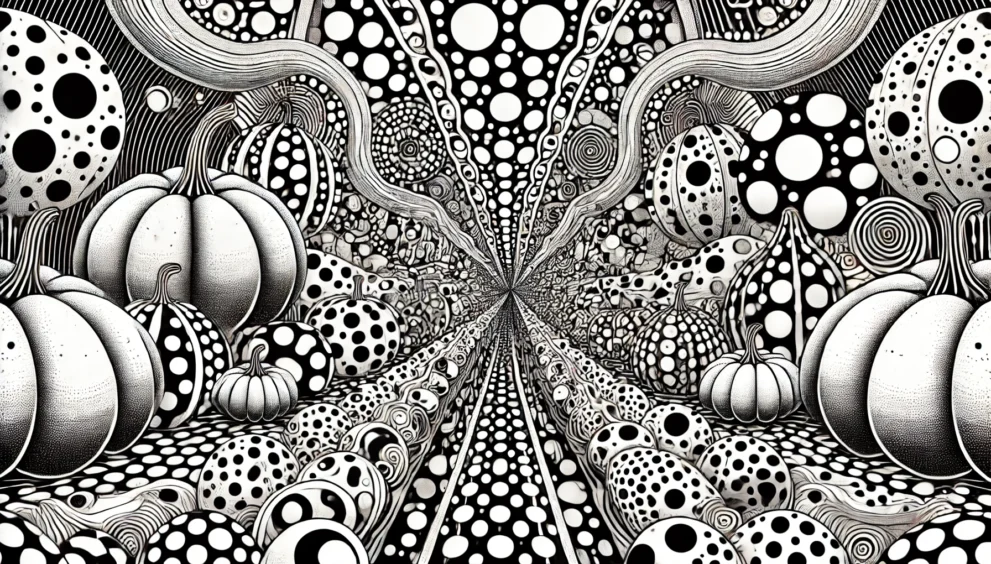
Yayoi Kusama, often referred to as the “Queen of Polka Dots,” is one of the most iconic and influential contemporary artists of our time. Known for her immersive installations, vibrant polka-dot patterns, and infinity rooms, Kusama’s work explores themes of identity, infinity, and mental health. Her art transcends traditional boundaries, captivating audiences worldwide and inspiring generations of artists.
Early Life and Journey
Born in 1929 in Matsumoto, Japan, Yayoi Kusama demonstrated a passion for art from a young age, despite growing up in a conservative family that disapproved of her ambitions. She began painting polka dots and net patterns as a child, inspired by hallucinations she experienced due to mental health challenges. These early experiences became central to her artistic vision.
Education and Early Career:
- Studied Nihonga painting, a traditional Japanese art form, at the Kyoto Municipal School of Arts and Crafts.
- Moved to New York City in the 1950s, where she became part of the avant-garde art scene, working alongside artists like Andy Warhol and Claes Oldenburg.
Artistic Style and Themes
Kusama’s art is characterized by its bold use of color, repetitive patterns, and immersive environments. Her unique style draws from her personal experiences and her fascination with the concepts of infinity and self-obliteration.
Key Themes:
- Infinity and Obliteration:
- Kusama uses mirrors, dots, and lights to create endless visual experiences, symbolizing the infinite nature of the universe and the dissolution of the self.
- Mental Health:
- Her art often reflects her struggles with anxiety and hallucinations, transforming personal pain into universal beauty.
- Nature and the Cosmos:
- Inspired by natural patterns, her works connect viewers to larger cosmic and earthly phenomena.
Notable Works and Installations
- Infinity Mirror Rooms:
- Immersive installations featuring mirrored walls, lights, and repetitive patterns that create an illusion of endless space. Notable examples include The Souls of Millions of Light Years Away and Infinity Mirrored Room – Phalli’s Field.
- Pumpkin Sculptures:
- Kusama’s polka-dotted pumpkins, made in various sizes and mediums, symbolize comfort, nostalgia, and simplicity.
- Obliteration Room:
- An interactive installation where visitors place colorful dot stickers on a white room, transforming it into a vibrant explosion of color.
- Narcissus Garden (1966):
- Originally exhibited at the Venice Biennale, this installation featured 1,500 mirrored spheres, critiquing the commercialization of art.
Global Recognition and Legacy
Yayoi Kusama’s work has been exhibited in prestigious institutions worldwide, including the Tate Modern, MoMA, and the Whitney Museum of American Art. Her art resonates across cultures, making her a global phenomenon.
Awards and Honors:
- Praemium Imperiale Award for Painting (2006).
- TIME magazine’s “100 Most Influential People” (2016).
- Included in permanent collections of leading museums, such as the National Museum of Modern Art in Tokyo.
Cultural Impact:
- Kusama has collaborated with brands like Louis Vuitton, bringing her polka-dot aesthetic to fashion and design.
- Her exhibitions often attract record-breaking crowds, reflecting her universal appeal.
Philosophy and Vision
Kusama’s art is driven by her belief in the power of creativity to heal and connect. She once said, “With just one polka dot, nothing can be achieved. But with millions of dots, we can see the cosmos.”
Her work invites viewers to step into her world, where they can experience both the vastness of the universe and the intimacy of her personal struggles.
Conclusion
Yayoi Kusama’s journey from a small town in Japan to the global stage is a testament to the transformative power of art. Through her polka dots, infinity rooms, and immersive installations, she has created a universe that is uniquely hers yet universally resonant. Kusama’s art continues to inspire, reminding us that creativity knows no bounds and that beauty can emerge from even the most challenging experiences.
Which Yayoi Kusama work resonates with you the most? Share your thoughts in the comments below!




















